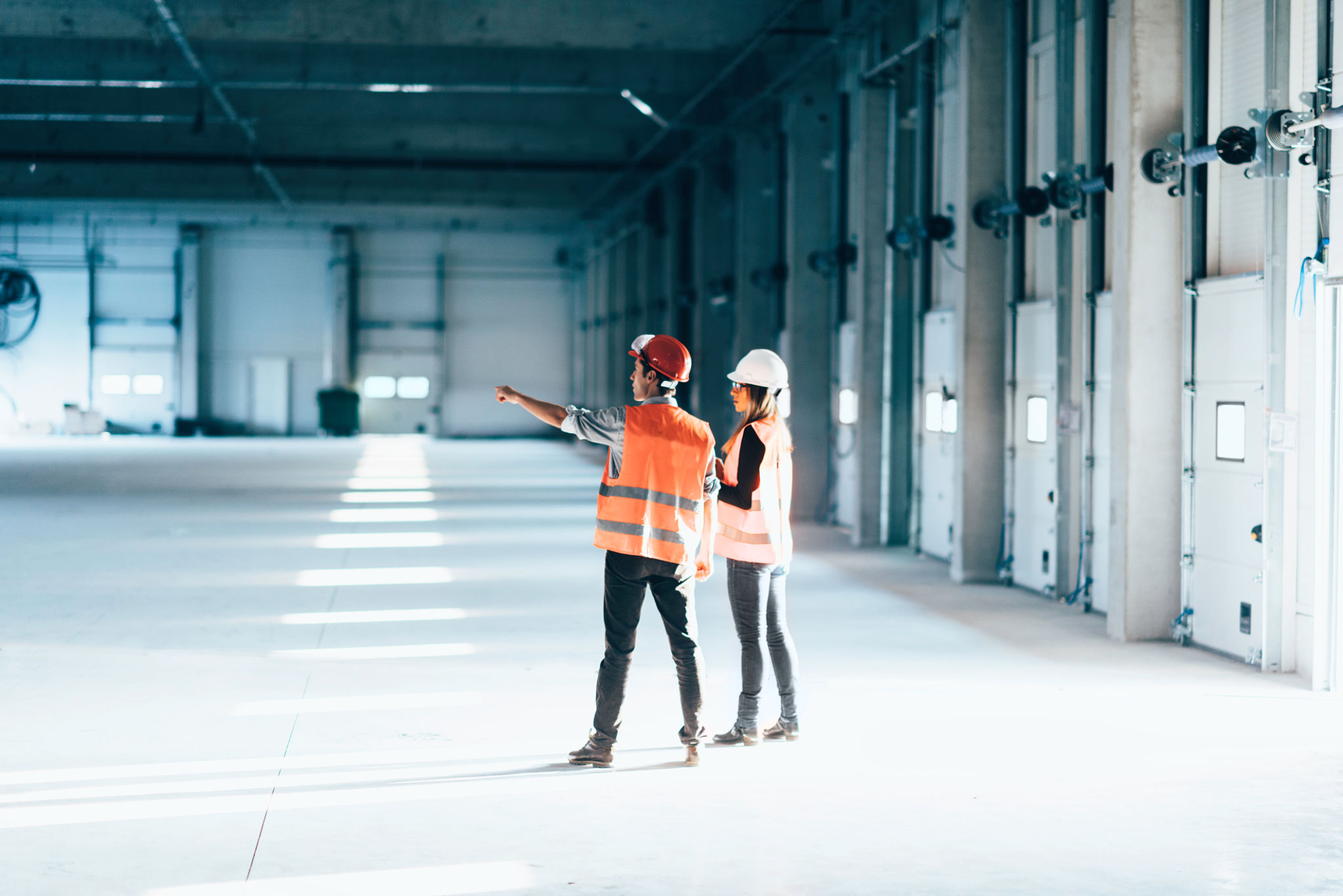How the Pandemic Has Increased Demand for Building Safety Inspections
Understanding the Shift in Building Safety Dynamics
The global pandemic has brought about a myriad of changes, and one significant shift is the increased demand for building safety inspections. With health and safety becoming top priorities, businesses and property managers are keen to ensure their buildings meet the highest standards. This surge in demand is driven by several factors that highlight the importance of proactive safety measures.

Health and Safety Concerns
As the pandemic unfolded, concerns about health and safety became paramount. Businesses needed to adapt quickly to changing regulations and guidelines aimed at reducing the risk of virus transmission. This adaptation included ensuring that buildings were safe for occupancy, leading to a heightened need for regular and thorough inspections.
Building inspections now go beyond checking structural integrity; they encompass evaluating ventilation systems, cleanliness protocols, and emergency preparedness. The focus has shifted to creating environments that minimize health risks, ensuring peace of mind for occupants.
Compliance with New Regulations
The introduction of new health and safety regulations by governing bodies worldwide has necessitated frequent building inspections. These regulations often include specific requirements for air quality, sanitation, and social distancing measures. Failure to comply can result in significant penalties, making regular inspections a crucial part of operational compliance.

Moreover, as regulations continue to evolve, businesses must remain vigilant and up-to-date. This dynamic landscape has made building inspections not just a one-time event but an ongoing necessity.
Increased Awareness Among Occupants
Another driving factor behind the surge in demand is the increased awareness among building occupants. Employees, tenants, and visitors are more aware of their surroundings and demand transparency regarding safety measures. They seek assurance that buildings are being maintained according to the latest health standards.
This awareness has pressured building owners and managers to prioritize inspections as a way to demonstrate their commitment to occupant safety. Providing visible proof of compliance can enhance trust and confidence among all stakeholders.

The Role of Technology in Inspections
Technology has played a pivotal role in streamlining the building inspection process. From digital checklists to drones and thermal imaging cameras, technology has made it easier to conduct comprehensive inspections efficiently. These advancements allow inspectors to identify potential issues quickly and accurately.
Furthermore, digital documentation ensures that records are easily accessible and can be shared with relevant parties for review. This transparency helps maintain accountability and fosters trust between building managers and occupants.
Long-Term Benefits of Regular Inspections
The benefits of increased building safety inspections extend beyond immediate health concerns. Regular inspections can help identify potential structural issues before they escalate into costly repairs. By addressing problems early, building owners can save money and enhance the longevity of their properties.
Moreover, maintaining a safe environment can improve tenant retention and attract new occupants. A reputation for prioritizing safety can differentiate businesses in a competitive market, making regular inspections a sound investment in long-term success.
